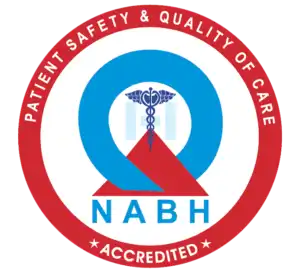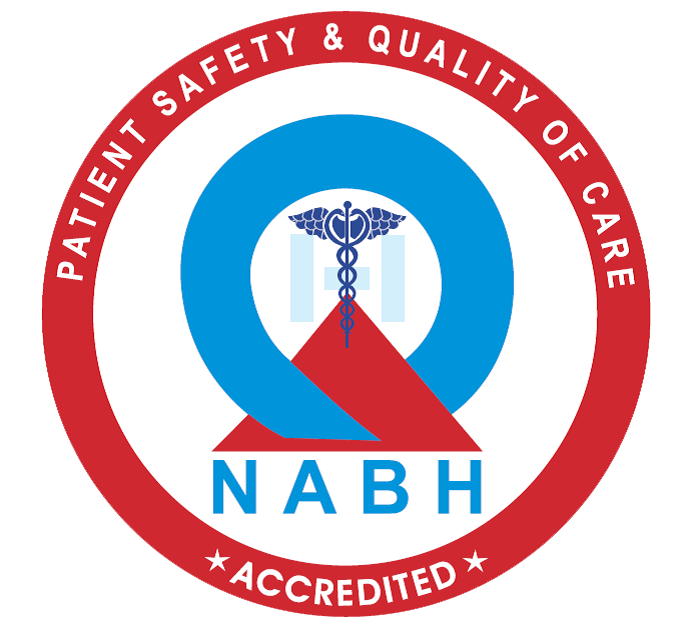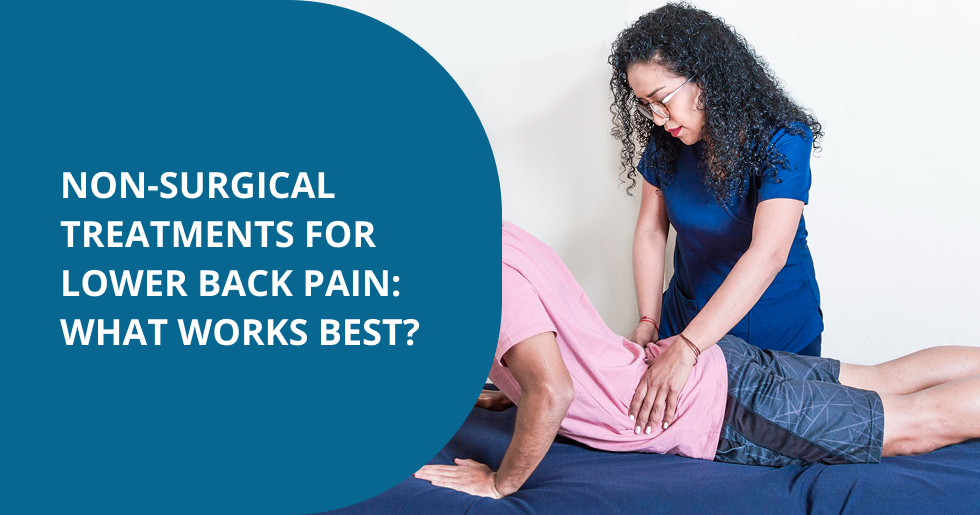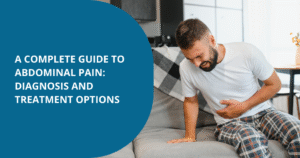Lower back pain (LBP) is the most common musculoskeletal condition globally, affecting millions and often disrupting daily life and productivity. With a growing preference for non-surgical back pain treatment, many effective options offer relief without invasive procedures.
Back pain can have different causes and levels of severity, so treatment needs to be personalized. Non-surgical options like home remedies, lifestyle changes, physical
therapy, alternative therapies, nerve blocks, and PRP therapy can provide effective relief.
Let’s explore the best non-surgical treatment for lower back pain available today!
Understanding Lower Back Pain
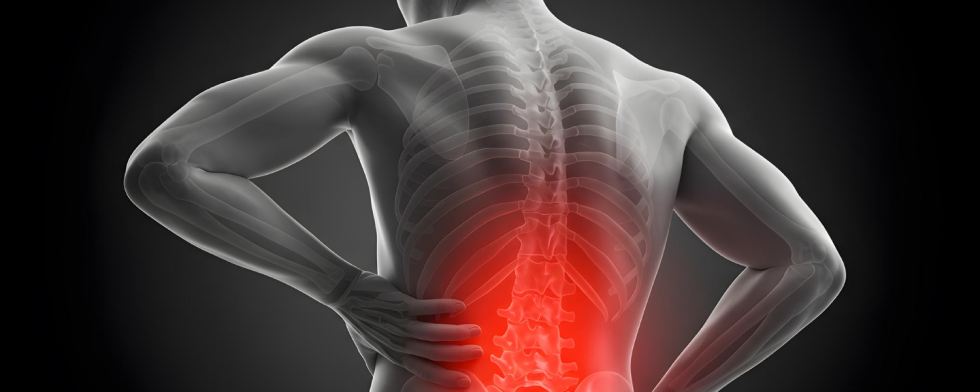
- The lower back (lumbar region) is the part of the back that starts below the ribcage.
- Lower back pain causes include muscle strain, degenerative disc disease, and sciatica.
- Lifestyle habits, including poor posture, obesity, and prolonged inactivity, often worsen the condition by increasing strain on the spine.
- Identifying and addressing the root cause is essential for effective and lasting relief.
- Tailored non-surgical back pain treatment, with lifestyle adjustments like exercise and weight management, can help alleviate discomfort and prevent recurrence, improving overall quality of life.
Benefits of Non-Surgical Treatments

Most back pain is better within a month using home treatment, especially for people younger than age 60.
Non-surgical treatments for lower back pain offer significant advantages:
- Avoiding the risks and lengthy recovery associated with surgery.
- These methods are often cost-effective and minimally invasive, making them accessible to many patients.
- Physical therapy, nerve blocks, and regenerative therapy treatments address individual needs and specific causes of pain.
- This personalized approach provides effective relief and supports long-term non-surgical back pain management and prevention of back pain.
Top Non-Surgical Treatments for Lower Back Pain
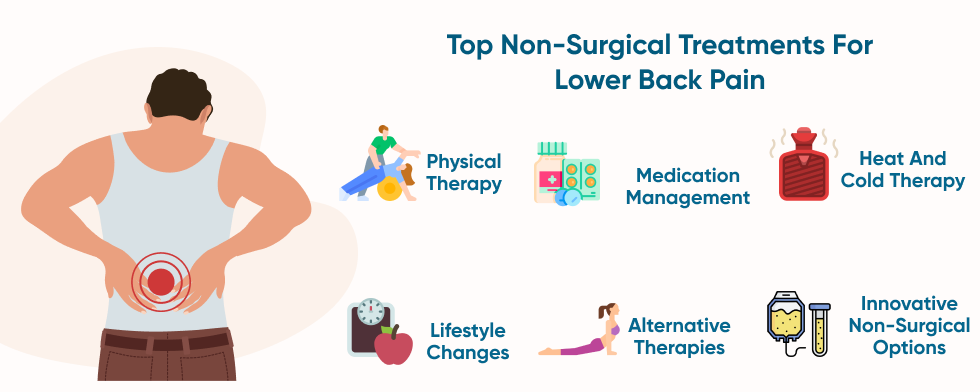
Managing lower back pain effectively often involves non-surgical back pain treatment tailored to individual needs. Here are some of the most effective options:
Physical Therapy
- Stretching, strengthening exercises, and low-impact cardio can significantly alleviate pain by improving flexibility and stability.
- Core-strengthening programs are particularly beneficial in supporting the spine and preventing further injury.
- A study found that doing physical therapy for low back pain avoided the requirement for other treatments.
Medication Management
- Over-the-counter Nonsteroidal anti-inflammatory medicines (NSAIDs), like acetaminophen, ibuprofen, or naproxen offer quick relief for mild to moderate pain.
- For severe cases, short-term prescription medications are recommended.
Heat and Cold Therapy
- Cold packs reduce inflammation. Try applying it several times a day for up to 20 minutes each time.
- Heat therapy relaxes muscles, improving blood flow to the affected area. You can use a heating pad, warm pack, or even warm baths for relaxing muscles.
Lifestyle Changes
- Carrying extra weight adds stress on the lower back.
- Maintaining a healthy weight, practicing proper posture, and making ergonomic adjustments can reduce stress on the lower back and prevent future pain.
Alternative Therapies
- Acupuncture and yoga relieve pain and also reduce stress, promoting overall well-being.
Innovative Non-Surgical Options
- Advanced treatments like semi-invasive medical procedures- epidural injections, radiofrequency ablations, nerve blocks, and regenerative therapies such as Platelet-Rich Plasma (PRP) help in the management of low back pain.
Non-surgical options for spine pain provide effective, minimally invasive options for managing lower back pain, improving quality of life, and avoiding the risks and recovery time associated with surgery.
Also Read: Top 5 Ways to Relieve Back Pain
Non-Surgical Back Pain Management Tips
Managing back pain effectively with innovative non-surgical treatments for lower back pain requires consistent effort and lifestyle adjustments.
Daily Exercise
- Engage in low-impact activities like walking, swimming, or gentle stretching to strengthen abdominal muscles and improve flexibility.
- These do not place your lower back at risk of injury.
Workplace Ergonomics
- Use supportive chairs and maintain proper posture, especially during prolonged sitting, to reduce strain on the lower back.
- Sit with good lumbar support for your lower back and shoulders with feet resting on a low stool.
Pain Relief Techniques
- Stress can tense the muscles, causing back pain or worsening the existing back pain.
- Incorporate mindfulness practices, meditation, and deep breathing to manage pain and reduce stress.
Consistency in Care
Follow through with non-surgical back pain management routines and attend regular follow-up appointments to ensure steady progress and prevent recurrence.
- Regular physical therapy routines can help keep pain from returning and improve quality of life.
Also Read: When Is Surgery Necessary for Lower Back Pain
When to Seek Expert Help
- Specific signs indicate the need for professional care for lower back pain.
- Seek expert help if pain persists or worsens accompanied by numbness, weakness, or loss of bladder control, or doesn’t improve with home remedies.
- Consulting a pain management specialist ensures personalized care and accurate diagnosis.
- Pain management clinics offer non-surgical back pain treatment like physical therapy, nerve blocks, and regenerative therapies, providing effective relief while avoiding invasive procedures.
- While non-surgical treatments are recommended first, some conditions may require surgery for effective relief.
- A specialist can guide you through conservative non-surgical options for spine pain
and also help you make an informed decision if surgical intervention becomes necessary.
- Timely intervention can prevent complications and improve quality of life.
Conclusion
Non-surgical lower back pain treatment offers effective, minimally invasive solutions for managing lower back pain and avoiding the risks and recovery time of surgery. Lower back pain treatment includes tailored approaches like physical therapy, lifestyle changes, and advanced therapies that can provide lasting relief.If lower back pain is caused by issues like a bone spur, bulging disk, or nerve pressure, surgery may not be the best option.
Proactive care and specialist consultations can provide accurate diagnoses and effective non-surgical lower back pain treatment plans for relief.you can schedule a consultation with experienced specialists at Epione, Bangalore, who can provide personalized, non-surgical lower back pain treatment in bangalore. Explore trusted clinics offering advanced options like epidural injections, radiofrequency ablations, nerve blocks, and regenerative therapies such as
Also Read:
- The Link Between Lower Back Pain and Sciatica
- Lower Back Pain: Causes, Symptoms & Treatment Options
- Is Your Job Contributing to Lower Back Pain? How to Identify Occupational Risks
